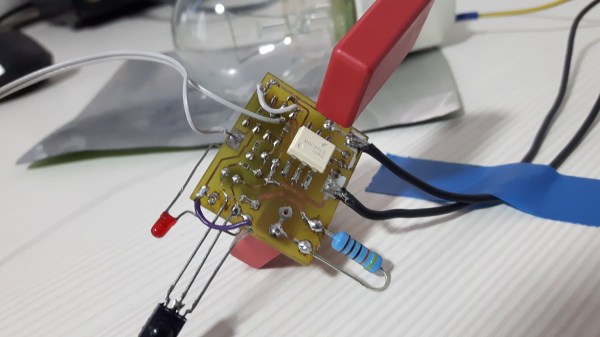About a year ago, Autodesk showed off one of the most innovative filament printers in recent memory. Project Escher is your basic Cartesian filament printer, but with a twist: it has five heads. These print heads work together to build large objects very quickly.
Autodesk open sourced the design of the Escher, and now it’s made it into commercial production thanks to Titan Robotics. The Cronus, which uses the same software as Project Escher, is big! Each of these gantries is driven by closed-loop servo motors and fancy ball screws, producing a total build volume of 77″x30″x20″. This open air version is printing in PLA. If you want to use it with materials where ambient temperature is an issue there is an option for an enclosed build environment.
This printer will be available for purchase starting February but no word yet on cost. They advertise the build volume as customizable so we expect the same of the price.













